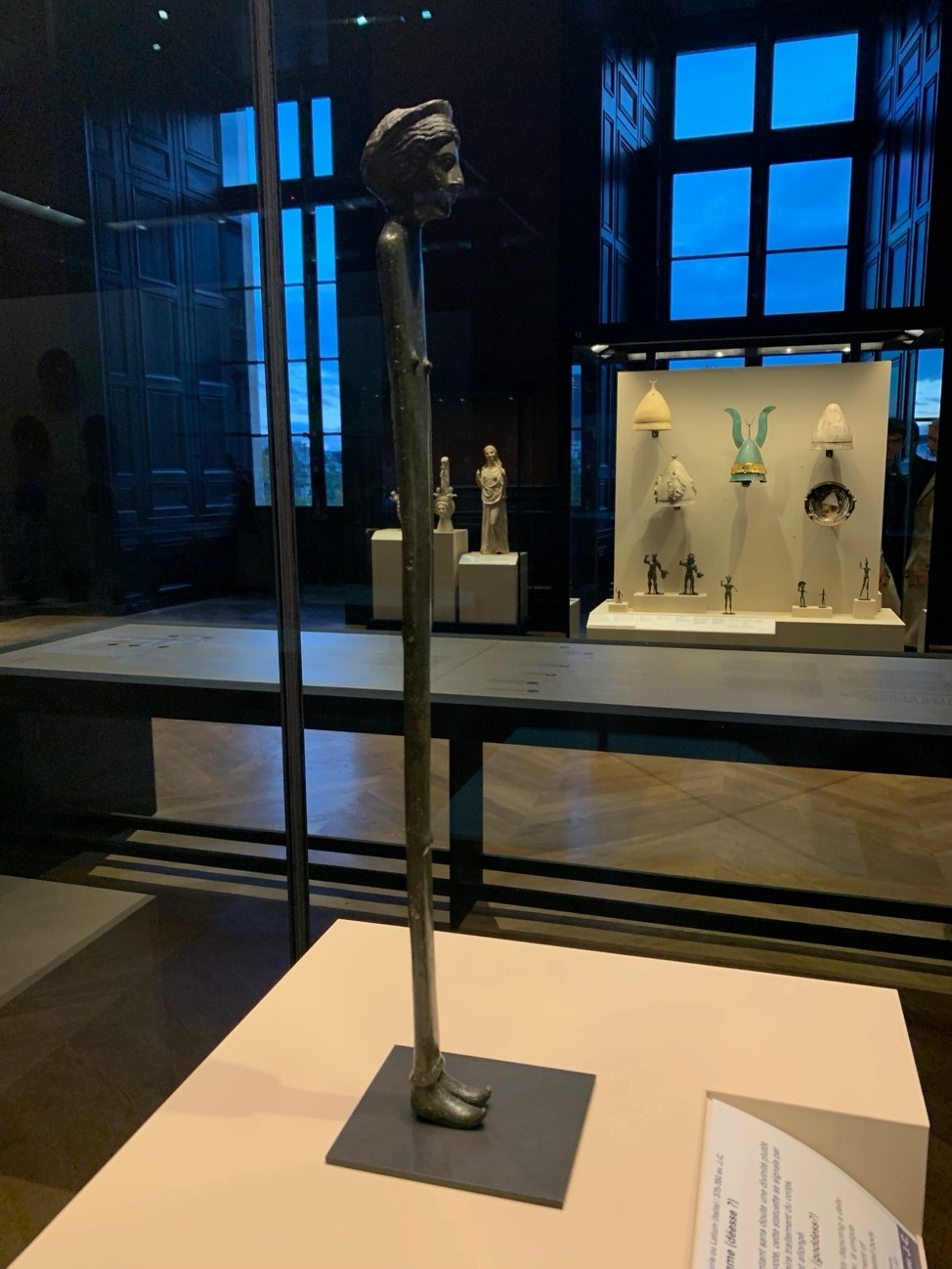

A contraband Giacometti
My Louvre by Antoine Compagnon

A contraband Giacometti
I’ve come back to the Louvre after a three-week absence. Everything hasn’t changed, but it isn’t exactly the same museum either. The August tourists have scattered; the visitors seem less impatient, more studious. A few fences have come down and others have gone up. On my way to the Galerie Charles X, I pass in front of the Salle des Sept Cheminées, barricaded for years (Sully, room 660). It has reopened, resplendent with its black walls, looking out onto the Seine like the Galerie d’Apollon. This was the king’s pavilion from Henri II to Louis XIV (who was allegedly conceived here). Its woodwork ceiling has been moved and now majestically overlooks the treasures of Tutankhamun (Sully, room 639), just as the seven chimneys that gave the room its name have disappeared. I gaze at The Triumph of Mordecai and The Fainting of Esther, Jean-François de Troy’s great classical paintings on a theme I collect because it was dear to Proust. But among the Etruscan pieces the room is now devoted to, I stop short before this tall, slender silhouette of a prodigiously lengthened divinity with pointed breasts. Only the fashioning of the head distinguishes the statuette from—excuse the antonomasia—a Giacometti.